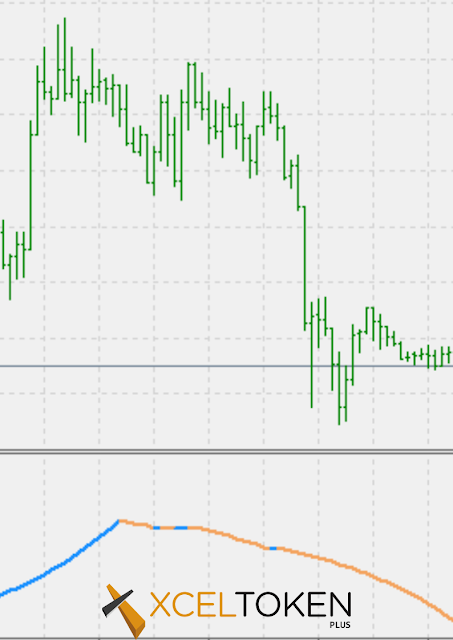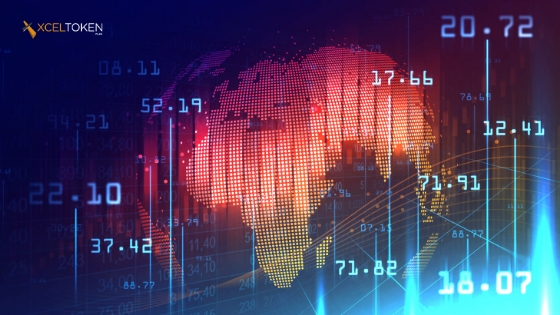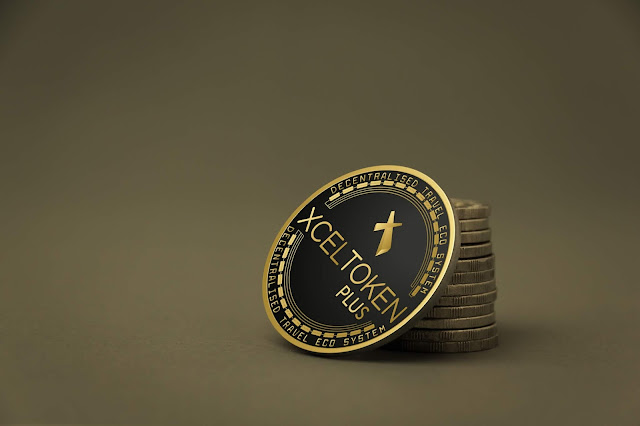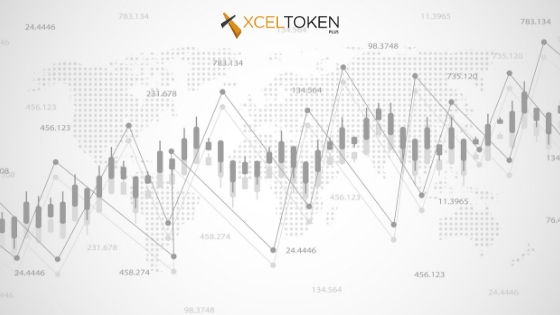Symmetric Vs Asymmetric Encryption

It’s important to first understand encryption before we get into the main topics of this piece. Encryption is a method or mechanism that empowers you to hide your message or data in a way that only the sanctioned people can access. The origins of encryption can be traced back to the times of the great Julius Caesar. Caesar used this method to send his private/ confidential messages. Caesar’s method, normally known as Caesar’s Cipher is one of the most unpretentious methods of encryption. Compared to it, today’s encryption systems are much more complex and advanced. Today, extremely complex algorithms are employed to convert practical information into an unintelligible format. Once encrypted, the message/data can only be decrypted using the proper keys, known as ‘Cryptographic Keys’. Basically, a cryptographic key is a password that is used to encrypt and decrypt information. There are two types of cryptographic keys, and they are, Symmetric Key and an Asymmetric Key . Sy









